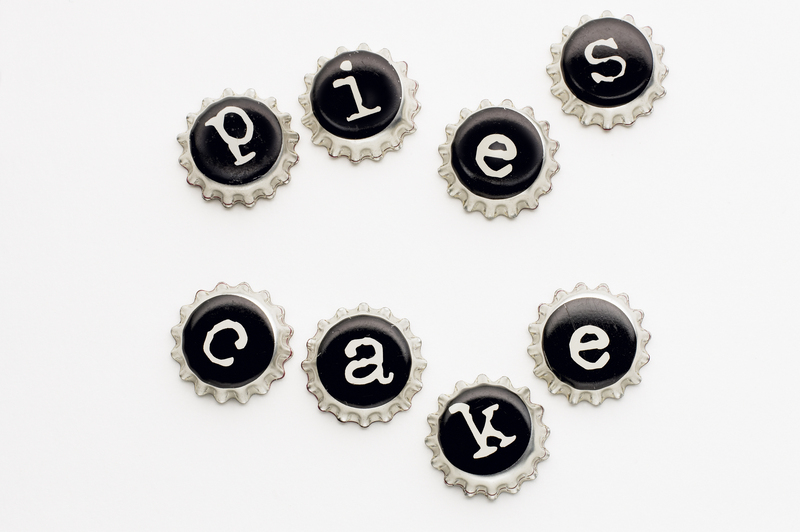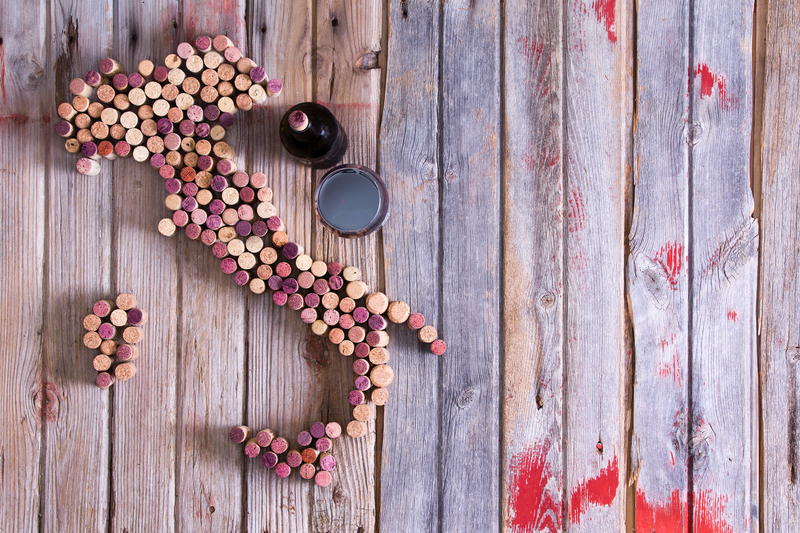Towards a Zero-Waste Future: Cardboard and Packaging
Zero waste living is no longer just a vision for eco-enthusiasts--it's rapidly becoming a guiding principle for modern business, consumer habits, and environmental stewardship. At the forefront of this movement are innovations and discussions centered on sustainable packaging, especially the role of cardboard in packaging. With increasing demand for environmentally friendly solutions, cardboard has emerged as a hero, offering a biodegradable and recyclable alternative to plastic and other non-sustainable materials.

The Environmental Impact of Packaging Waste
The Scale of the Packaging Problem
Globally, packaging materials account for nearly one-third of all household waste. Each year, millions of tons of packaging waste end up in landfills and oceans, causing severe harm to wildlife and ecosystems. The push towards zero-waste packaging has never been more urgent.
- Over 300 million tons of plastic produced annually, much of it single-use packaging
- Cardboard comprises nearly 31% of global packaging waste
- Less than 9% of plastic packaging is recycled, while cardboard boasts recycling rates up to 89% in developed countries
Cardboard's Eco-Friendly Advantage
Cardboard packaging stands out for its minimal environmental footprint. Derived from renewable wood pulp, it's recyclable, compostable, and biodegradable under the right conditions. Unlike plastic, cardboard naturally decomposes within a few months, returning to the earth without leaving toxic residues.
Cardboard in Packaging: Current Trends and Innovations
Sustainable Sourcing and Responsibly Managed Forests
The paper and cardboard industry has made significant strides toward sustainability. Many manufacturers now source their raw materials from responsibly managed forests, certified by organizations such as the Forest Stewardship Council (FSC). This ensures:
- Continuous regeneration of forest resources
- Protection of biodiversity
- Support for local communities
Design and Functionality: Rethinking Packaging Concepts
Modern cardboard packaging solutions are no longer limited to simple brown boxes. Advances in engineering and design have produced cardboard that is waterproof, food-safe, and highly durable. Innovative designs allow for:
- Minimalist packaging: Using only what's needed, reducing waste and cost
- Modular designs: Easier to recycle and repurpose
- Custom printing: Branding without toxic inks or plastics
Reusable and Returnable Cardboard Packaging
Forward-thinking businesses are adopting closed-loop systems, where cardboard boxes are designed for reuse multiple times. These programs often include incentives for customers to return used packaging, which is then refurbished and reintroduced into the supply chain. This revolutionary approach supports the vision of a zero-waste future for packaging.
The Circular Economy and Cardboard Packaging
What is the Circular Economy?
The circular economy is a transformative model that seeks to eliminate waste through continual reuse of resources. In this system, cardboard packaging is not discarded after a single use but is instead recycled or reused, ensuring materials stay in productive use as long as possible. Key principles include:
- Eliminating unnecessary packaging through smarter design
- Encouraging recycling and the use of recycled content
- Designing for compostability where recycling is not possible
The Recycling Process of Cardboard
Cardboard recycling is a straightforward yet powerful process:
- Collection: Used cardboard is gathered from businesses and households
- Sorting and Cleaning: Removal of contaminants like tapes, staples, and labels
- Pulping: Cardboard is mixed with water and broken down into fibers
- De-inking and Processing: Inks and dyes are removed, and the pulp is formed into new paper or cardboard
- Manufacturing: The recycled material is fashioned into new packaging products
Each cycle preserves resources, cuts emissions, and reduces landfill impact.
Challenges and Opportunities in Cardboard Recycling
Despite high recycling rates, there are challenges:
- Contamination from food, oils, or plastics
- Loss of fiber quality with repeated processing
- Economic fluctuations in recycled material demand
However, opportunities for innovation abound, including improved collection systems, new fiber-reinforcing technologies, and blends with other sustainable materials.
Innovative Alternatives: Beyond Traditional Cardboard Packaging
In the quest for a zero-waste packaging future, businesses and researchers are exploring next-generation solutions:
Edible and Seed-Embedded Packaging
Edible packaging made from starch, seaweed, or other organic materials reduces waste further, as it can be consumed or safely decomposed. Seed-embedded cardboard allows consumers to plant packaging directly in the soil, sprouting wildflowers or herbs and returning nutrients to the earth.
Upcycled and Mixed-Material Solutions
Combining recycled cardboard fibers with agricultural waste, fungi (mycelium), or even textiles, manufacturers are creating stronger, more sustainable packaging materials. These innovations boost durability and reduce reliance on virgin resources.
Smart Packaging for a Digital World
Digitally enabled smart packaging can help track supply chains and optimize recycling. QR codes or sensors embedded in cardboard packaging provide instructions for end-of-life handling, ensuring higher recovery and recycling rates.
How Businesses Can Transition Towards Zero-Waste Cardboard Packaging
Assessing Your Packaging Footprint
The first step for any organization is to audit existing packaging. Key questions include:
- How much single-use, non-recyclable packaging is used?
- What portion of packaging is already recyclable or compostable?
- Where can material reduction or substitution occur?
Implementing Sustainable Packaging Strategies
Businesses aiming to reduce waste should consider:
- Switching to recycled-content cardboard for boxes and fillers
- Designing packaging for mono-material recovery (using only cardboard, avoiding plastic tapes/laminates)
- Establishing take-back or return systems for packaging reuse
- Partnering with local recycling programs for closed-loop systems
Communicating Sustainability Efforts to Consumers
Clear labeling, instructions for recycling, and transparency about materials boost consumer participation. Harnessing the marketing value of sustainable choices builds trust and loyalty.
Consumer Actions: What You Can Do
Step 1: Reduce Unnecessary Packaging
- Choose products with minimal or no packaging
- Opt for brands using zero-waste cardboard packaging
- Bring reusable bags and containers whenever possible
Step 2: Reuse Cardboard Where Possible
- Repurpose boxes for storage, crafts, or shipping
- Share or donate boxes on local community boards
- Compress and store for future moves or projects
Step 3: Recycle Appropriately
- Remove non-paper elements like tape and labels
- Keep cardboard clean and dry
- Break down boxes to save space and aid recycling

The Future of Cardboard and Packaging in a Zero-Waste World
Legislation and Corporate Responsibility
Governments are enacting bans or restrictions on non-recyclable packaging and offering incentives for sustainable alternatives. Industry giants are pledging to eliminate virgin plastic and adopt closed-loop cardboard packaging systems by 2030 or sooner.
The Role of Technology and Research
Continuous improvement in cardboard recycling technologies and eco-innovation will further boost the adoption of greener packaging solutions. Collaboration among scientists, manufacturers, and policymakers is vital to accelerate the journey toward a fully zero-waste future.
Consumer Power and Grassroots Action
Ultimately, a zero-waste reality hinges on every link in the supply chain, including the conscious choices of consumers. As more people demand sustainable cardboard packaging and support zero-waste brands, the marketplace will respond with greater urgency and creativity.
Conclusion: Cardboard and the Path to Zero-Waste Packaging
The transition toward a zero-waste future in packaging is both a global necessity and an opportunity for transformational change. Cardboard's leading role as a renewable, recyclable, and compostable material positions it at the heart of sustainable packaging innovation.
Through continued research, industrial cooperation, supportive policies, and everyday action, we can minimize waste, preserve natural resources, and create a thriving circular economy. The next time you receive a package or ship a product, consider the lifecycle of that box--and let's move boldly towards a world where waste is a thing of the past.
- Choose cardboard packaging over plastic wherever possible
- Support businesses committed to zero-waste principles
- Educate others to make sustainable packaging choices
Together, we can turn the vision of zero-waste packaging into a real-world legacy for generations to come.